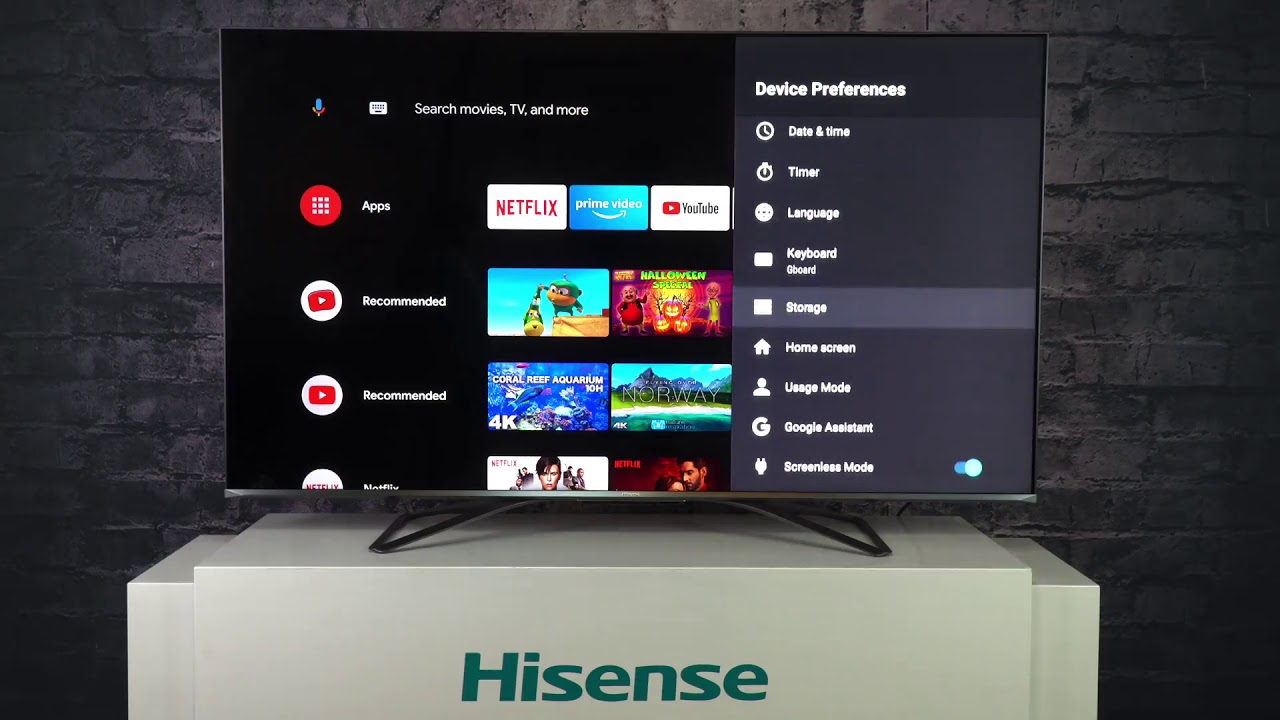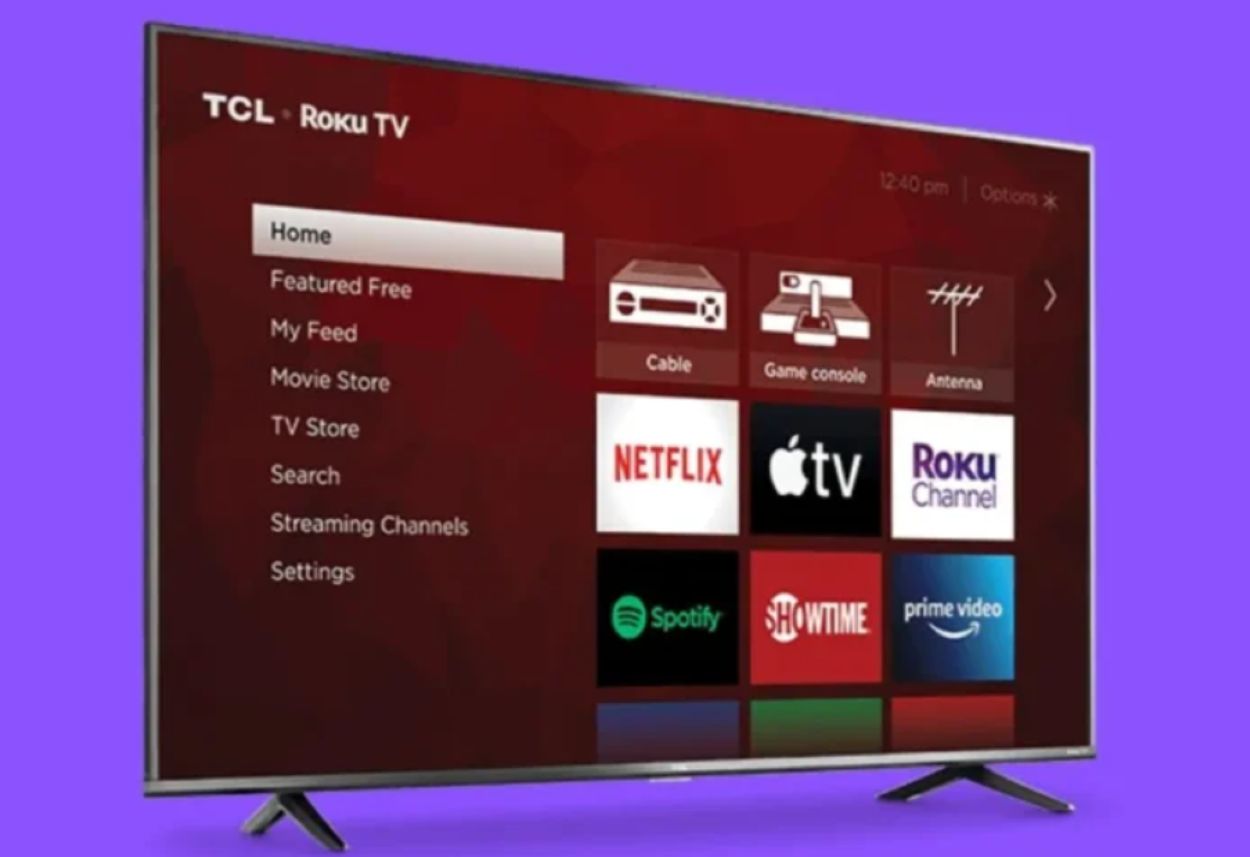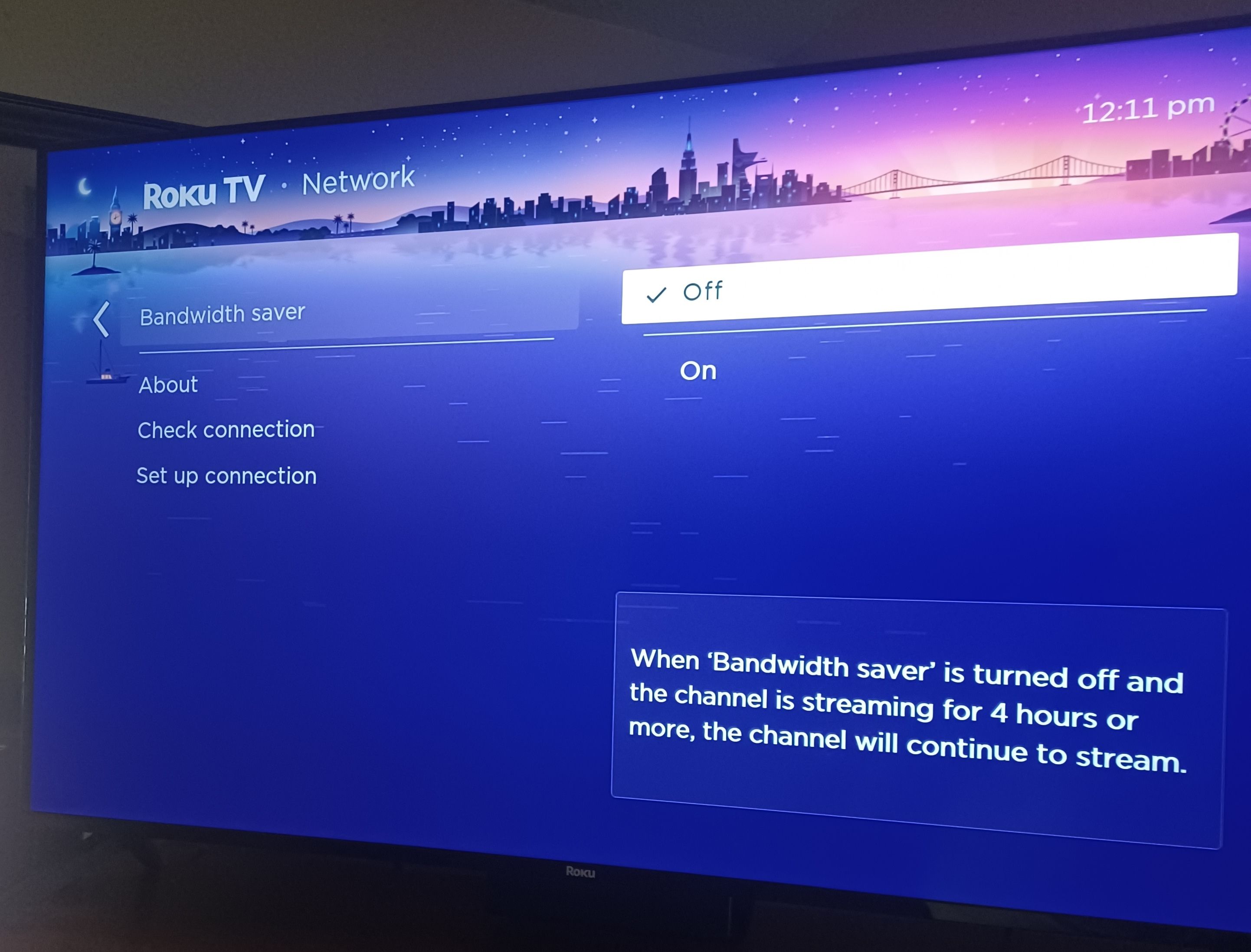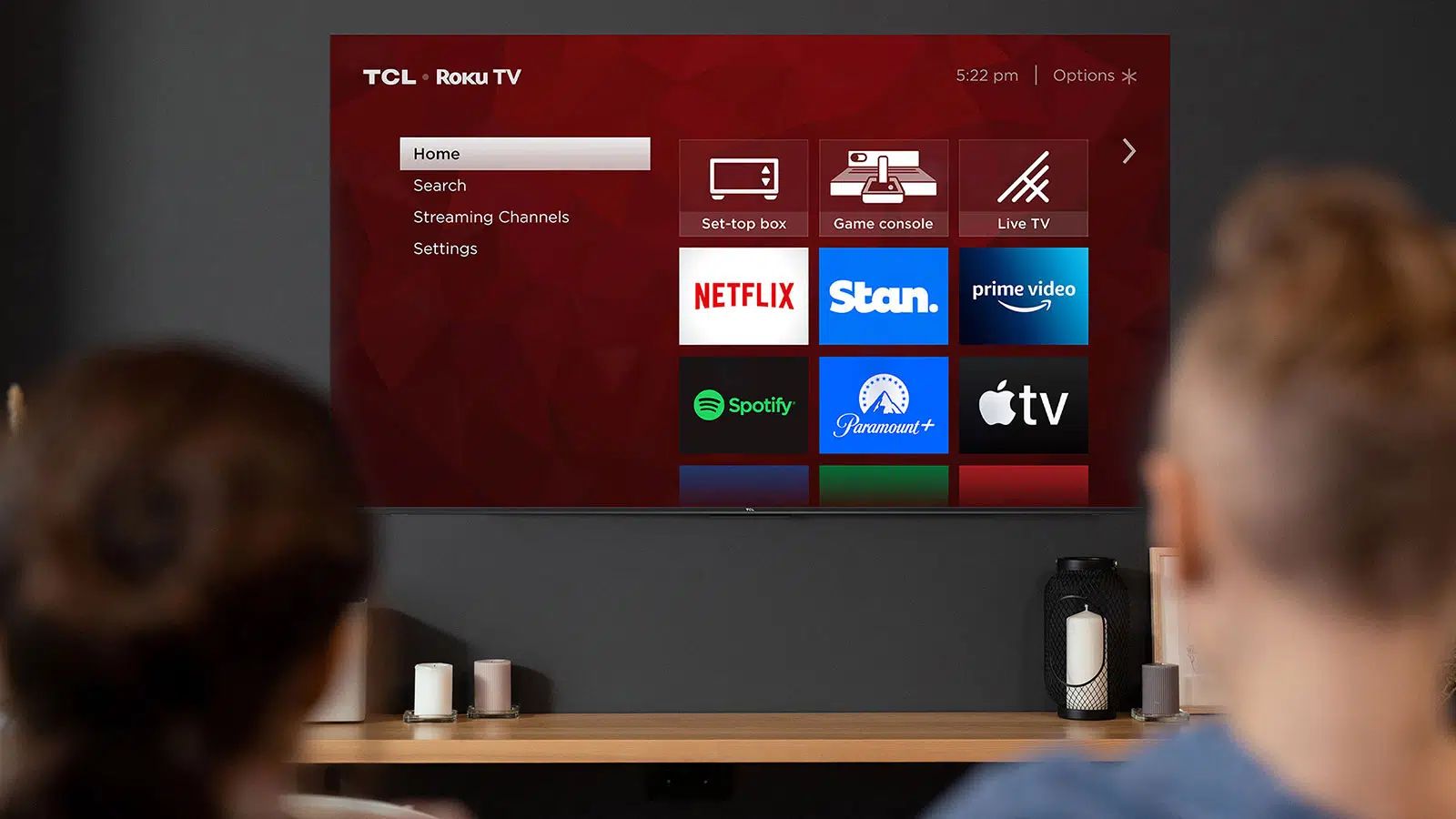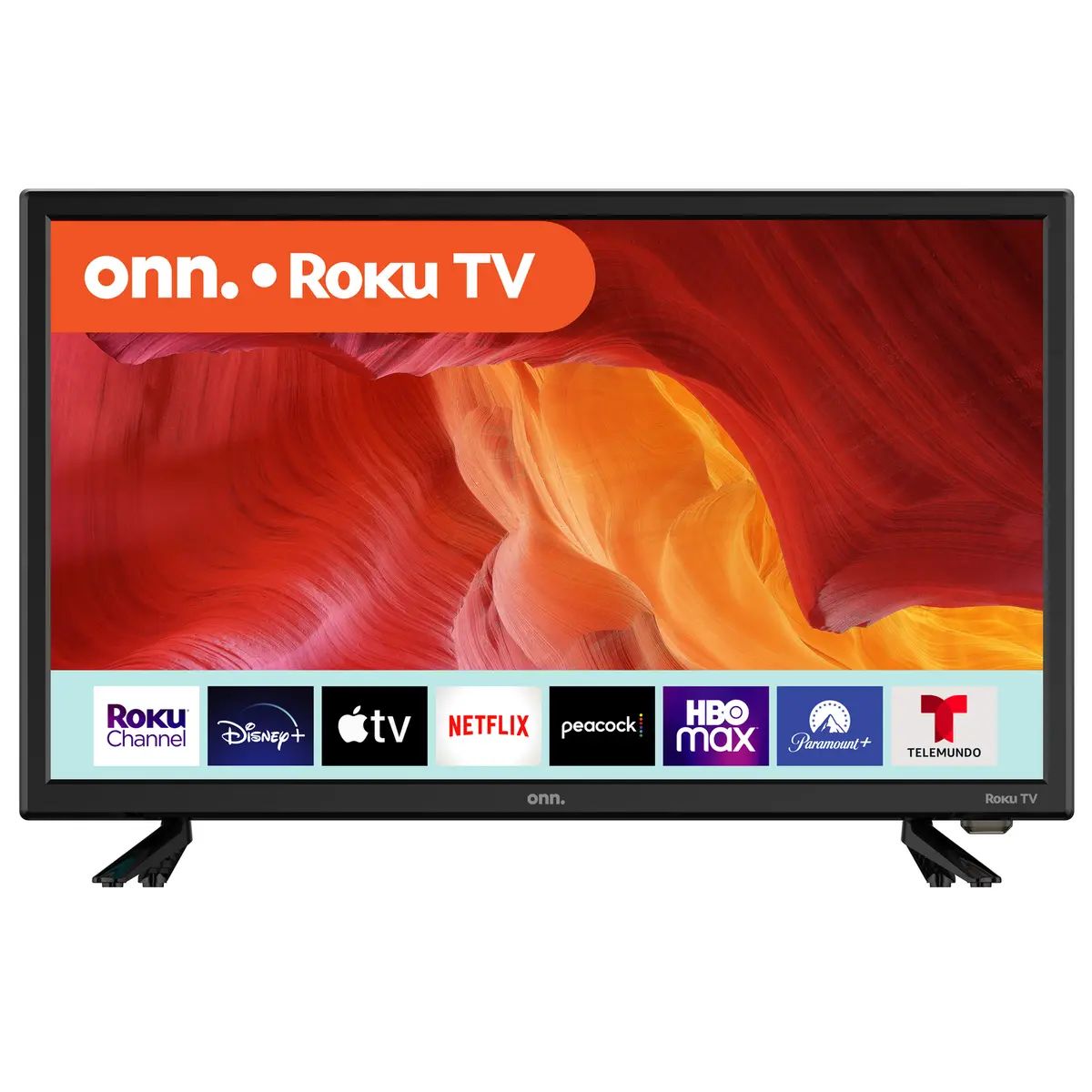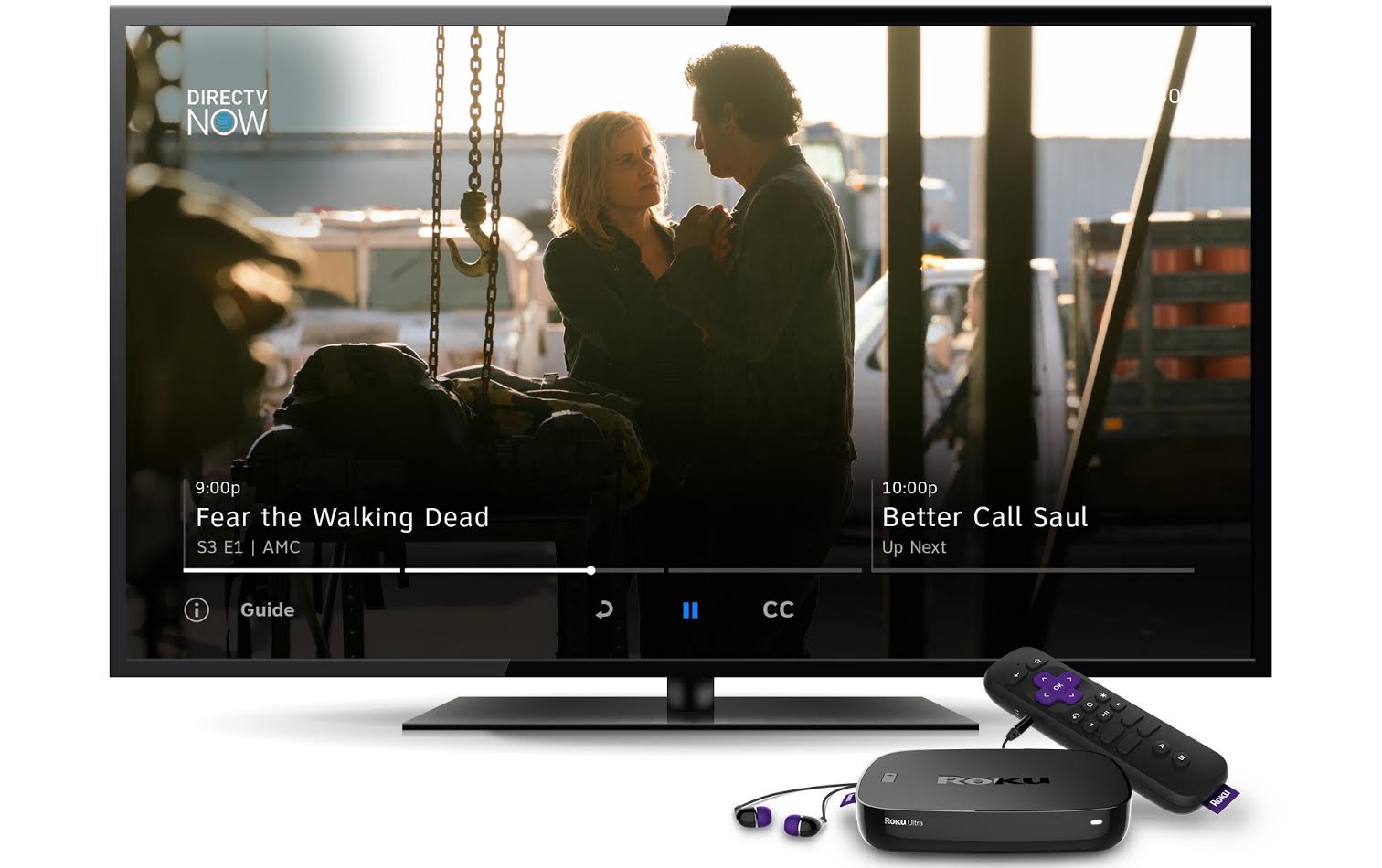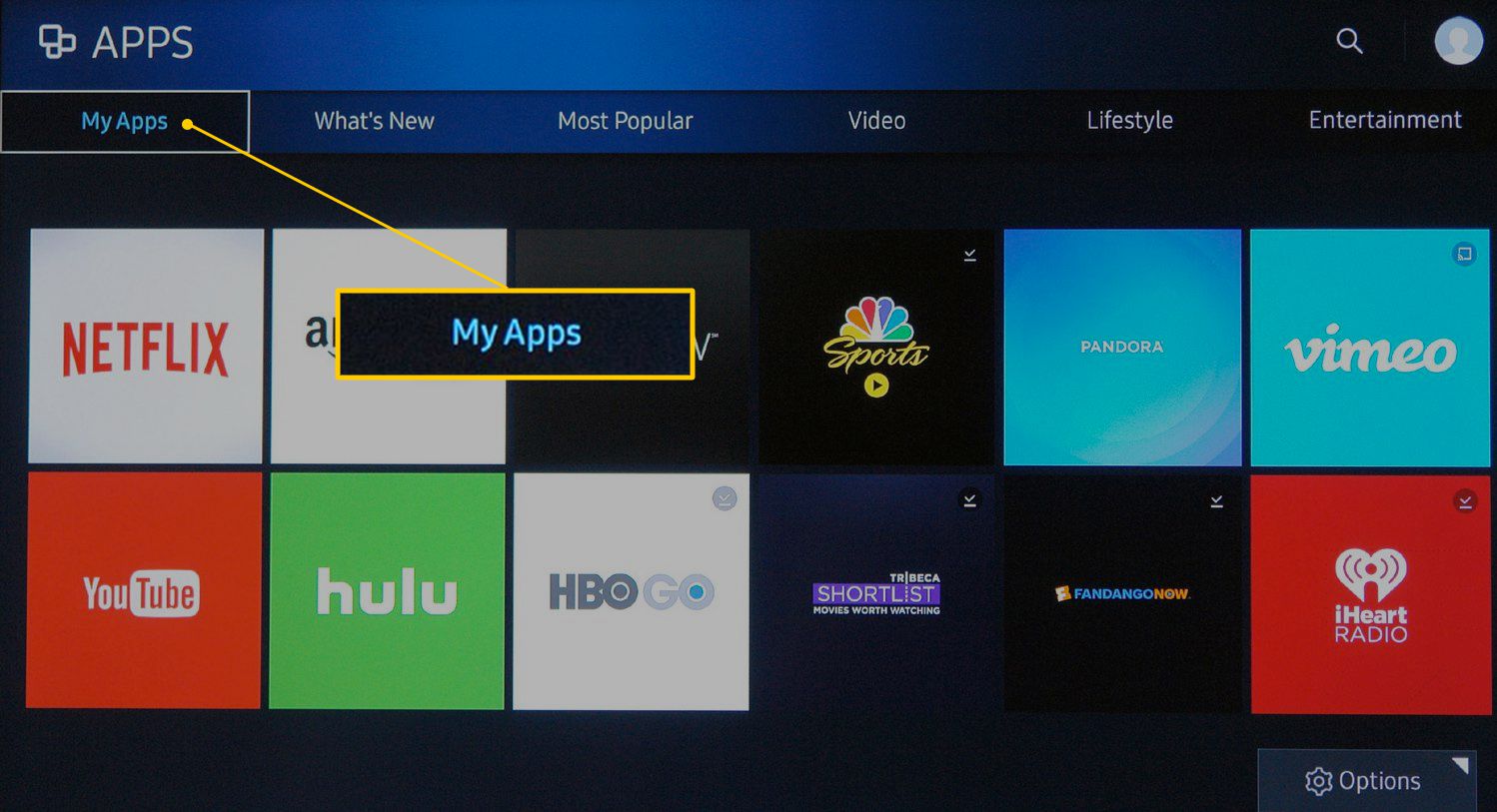Introduction
Welcome to this helpful guide on clearing the cache on your Roku device. If you are experiencing glitches, slow loading times, or other performance issues while using your Roku, clearing the cache could be the solution. Cache refers to temporary data stored on your device to help speed up operations and improve user experience. However, over time, accumulated cache can lead to issues that affect your streaming experience.
Whether you are using a Roku streaming stick, Roku Express, Roku Ultra, or any other Roku device, clearing the cache can help resolve buffering problems, app crashes, and other performance-related issues. In this article, we will explore different types of cache on Roku devices and provide step-by-step instructions on how to clear the cache effectively.
Before diving into the process, it’s important to understand why clearing the cache is necessary. Roku devices store cache to temporarily store app data, system files, browser history, and channel information. However, as cache accumulates, it can become outdated or corrupted, leading to device slowdowns and malfunctions. Clearing the cache periodically helps optimize your Roku device’s performance and ensure a smooth streaming experience.
It’s worth noting that clearing the cache on Roku is a simple process that can be completed without any technical expertise. By following the steps outlined in this guide, you can easily clear cache and improve the overall functionality of your Roku device.
In the next sections, we will delve into the different types of cache on Roku devices, including browser cache, app cache, system cache, and channel cache. We will provide clear instructions on how to clear each type of cache, ensuring that you have a comprehensive understanding of the process and can successfully clear the cache on your Roku device.
Why Clear Roku Cache?
Clearing the cache on your Roku device is an essential maintenance task that can greatly enhance the performance and functionality of your streaming experience. Here are a few key reasons why it is important to regularly clear the cache on your Roku:
- Improves Device Speed: Over time, as you use your Roku device to stream movies, TV shows, and other content, the cache can accumulate and become overloaded. This can lead to sluggish performance, buffering issues, and slower load times. Clearing the cache eliminates this excess data and allows your Roku to operate at optimal speed.
- Frees up Storage Space: Cache files can occupy a significant amount of storage space on your Roku device. By clearing the cache, you can free up valuable storage space and make room for new apps, channels, and content.
- Fixes App Crashes and Glitches: If you notice that certain apps on your Roku are crashing frequently or experiencing glitches, it could be due to cache-related issues. Clearing the cache eliminates any corrupted or outdated data that may be causing these problems, allowing the apps to run smoothly again.
- Resolves Playback Issues: Buffering problems and playback interruptions can be frustrating when you’re trying to enjoy your favorite shows and movies. Clearing the cache on your Roku device can help resolve these playback issues, ensuring a seamless streaming experience.
- Prevents Network Connectivity Problems: In some cases, an overloaded cache can interfere with your Roku device’s network connectivity. By clearing the cache, you can improve the device’s ability to connect to your home network and reduce the chances of experiencing network-related issues.
In summary, clearing the cache on your Roku device is a simple yet effective way to enhance performance, speed up streaming, and resolve various issues. By regularly performing this maintenance task, you can ensure that your Roku device operates smoothly and delivers an uninterrupted streaming experience.
Types of Cache on Roku
Before diving into the process of clearing the cache on your Roku device, it’s important to understand the different types of cache that can accumulate. Roku devices store various types of cache to improve performance and enhance user experience. Here are the main types of cache you may encounter on your Roku:
- Browser Cache: Roku devices come equipped with a built-in web browser that allows you to surf the internet. Like any other web browser, the Roku browser stores temporary files, images, scripts, and other web data in its cache. Clearing the browser cache on your Roku can help resolve browser-related issues and ensure smooth browsing.
- App Cache: Every app you download and use on your Roku device generates its own cache files. These cache files may include streaming data, user preferences, thumbnails, and other temporary information. Clearing the app cache can free up storage space and resolve app-related performance issues.
- System Cache: Roku system cache refers to temporary data stored by the operating system. This includes system files, temporary logs, and miscellaneous data that help improve system performance. Clearing the system cache can help refresh the Roku operating system and resolve general performance issues.
- Channel Cache: Roku channels, which are the apps you install on your device for streaming content, may also generate cache files. These cache files can include channel settings, history, thumbnails, and other data specific to each channel. Clearing the channel cache can help resolve channel-related performance issues and improve streaming quality.
Understanding these different types of cache is crucial when it comes to clearing the cache on your Roku device. In the following sections, we will provide step-by-step instructions on how to clear each type of cache, ensuring that you can effectively optimize your Roku device’s performance and enjoy uninterrupted streaming.
Clearing Browser Cache on Roku
If you use the built-in web browser on your Roku device and encounter browsing issues, it may be necessary to clear the browser cache. Clearing the cache can help resolve problems such as slow loading times or incorrect rendering of web pages. Follow the steps below to clear the browser cache on your Roku:
- Start by launching the Roku web browser on your device.
- Once the browser is open, press the * (star) button on your Roku remote. This will open the browser options menu.
- Using the navigation buttons on your remote, scroll down and select “Settings” from the menu.
- In the Settings menu, scroll down to find and select “Privacy” or “Clear browser data.”
- You will be presented with a list of options for clearing different types of data. To clear the browser cache, make sure the “Cache” option is checked. You can also select other data types, such as cookies or browsing history, if desired.
- Once you have selected the cache option, click “Clear” or “OK” to confirm and initiate the clearing process.
- Wait for the browser cache to be cleared. This may take a few moments depending on the amount of data stored.
- Once the process is complete, exit the browser settings menu and return to the web browser.
- Begin by navigating to the Roku home screen. Use the arrow keys on your remote to highlight the app you want to clear the cache for.
- Once the app is selected, press the asterisk (*) button on your remote to access the options menu for that app.
- In the options menu, choose the “Remove Channel” option and confirm that you want to remove the app from your Roku device.
- Once the app has been removed, navigate to the Roku Channel Store by selecting “Streaming Channels” from the home screen.
- In the Channel Store, locate and reinstall the app you just removed by searching for its name or browsing through the available categories.
- Once the app is reinstalled, launch it and sign in if necessary.
- Start by navigating to the Roku home screen by pressing the home button on your remote.
- Using the arrow keys on your remote, scroll to the right and highlight the “Settings” option.
- Once “Settings” is selected, press the right arrow key to access the options menu.
- In the options menu, choose “System” and then select “Advanced system settings.”
- Scroll down and select “System restart.”
- On the confirmation screen, select “Restart” to initiate the system restart process.
- Wait for your Roku device to restart. Once it has rebooted, your system cache should be cleared.
- Start by navigating to the Roku home screen by pressing the home button on your remote.
- Using the arrow keys on your remote, scroll to highlight the channel you want to clear the cache for.
- Press the asterisk (*) button on your remote to access the options menu for that channel.
- In the options menu, choose “Remove Channel” and confirm that you want to remove the channel from your Roku device.
- Once the channel is removed, go back to the home screen and navigate to the Roku Channel Store.
- In the Channel Store, locate and reinstall the channel you just removed by searching for its name or browsing through the available categories.
- Once the channel is reinstalled, launch it and sign in if necessary.
- Begin by navigating to the Roku home screen by pressing the home button on your remote.
- Using the arrow keys on your remote, navigate to the “Settings” option and select it.
- In the Settings menu, scroll down and choose “System.”
- Within the System menu, select “Power.”
- On the Power menu, you will see three options. Choose “System Restart” to initiate a device restart.
- Wait for your Roku device to restart. The restart process will clear the cache and refresh the operating system.
- Alternatively, you can also perform a power cycle by selecting “Restart” or “Restart” depending on your Roku device. This process involves turning off the device, unplugging the power cord from the Roku and the power source, waiting for a few seconds, and plugging it back in. Once the Roku device powers back on, the cache should be cleared.
With the browser cache cleared, you should notice improved browsing performance on your Roku device. If you continue to experience issues, you may also consider restarting your Roku device to ensure that the cache is completely cleared.
It is recommended to periodically clear the browser cache on your Roku device to ensure optimal browsing performance and prevent any potential issues that may arise due to accumulated cache data.
Clearing App Cache on Roku
If you’re experiencing performance issues with a specific app on your Roku device, clearing the app cache can help resolve the problem. App cache consists of temporary files and data that is stored to help improve the app’s performance. Follow the steps below to clear the app cache on Roku:
By following these steps, you have effectively cleared the app cache for the specific app on your Roku device. This process ensures that you are starting with a clean slate and can help resolve any performance issues or glitches that you were experiencing.
Remember that clearing the app cache removes any temporarily stored data, including login credentials or preferences. You may need to re-enter your account information and adjust settings within the app after clearing the cache.
It’s worth noting that not all Roku apps have the option to clear the cache directly. In such cases, the best approach is to uninstall and reinstall the app, as described above. This ensures a fresh installation that eliminates any cache-related issues.
Clearing the app cache periodically can help optimize the performance of your Roku apps and provide a smoother streaming experience. If you notice any app-related issues or sluggishness, clearing the app cache should be one of the first steps to try.
Clearing System Cache on Roku
If you are experiencing overall sluggishness or performance issues with your Roku device, clearing the system cache can help improve its functionality. The system cache on Roku consists of temporary files and data that are stored to improve the operating system’s performance. Follow the steps below to clear the system cache on your Roku:
By performing a system restart, you have effectively cleared the system cache on your Roku device. This process refreshes the operating system and can help resolve any performance issues that were caused by accumulated cache files.
In addition to clearing the system cache through a restart, you can also perform a factory reset on your Roku device. However, it’s important to note that a factory reset will remove all user settings and personal data from your device, effectively restoring it to its original factory state. Only consider a factory reset if you are experiencing major issues that cannot be resolved through other means.
Clearing the system cache periodically can help keep your Roku device running smoothly and prevent any sluggishness or performance concerns. It is recommended to perform a system restart every few months or whenever you notice a significant decrease in performance.
Clearing Channel Cache on Roku
If you are encountering performance issues or glitches with specific channels on your Roku device, clearing the channel cache can help resolve these problems. Channel cache consists of temporary files and data specific to each channel, and clearing it can improve the channel’s performance. Follow the steps below to clear the channel cache on Roku:
By following these steps, you have successfully cleared the channel cache for the specific channel on your Roku device. This process ensures that you are starting fresh with the channel and can help resolve any performance issues or glitches that you were encountering.
Clearing the channel cache removes any temporarily stored data, including playback history, preferences, and thumbnails specific to that channel. After clearing the cache and reinstalling the channel, you may need to sign in again and adjust any settings or preferences within the channel.
It’s worth noting that clearing the channel cache may not be available for all channels. In such cases, the best approach is to uninstall and reinstall the channel to achieve similar results. This ensures that you have a clean installation that eliminates any cache-related issues.
Periodically clearing the channel cache can help optimize the performance of your Roku channels and provide a smoother streaming experience. If you notice any issues or sluggishness with specific channels, clearing the channel cache should be one of the first troubleshooting steps to consider.
How to Clear Roku Cache on Roku Devices
Clearing the cache on your Roku device is a straightforward process that can help improve its overall performance. Follow the steps below to clear the cache on your Roku:
By following these simple steps, you can clear the cache on your Roku device and optimize its performance. It’s important to note that clearing the cache will not remove any personal data, settings, or installed channels from your Roku device. It primarily focuses on clearing temporary files and data that may affect the device’s performance.
It is recommended to periodically clear the Roku cache to ensure optimum performance. You can consider clearing the cache every few months or whenever you notice a decrease in the device’s speed or encounter performance issues.
In addition to clearing the cache, keeping your Roku device up to date with the latest firmware updates and regularly restarting or power cycling it can also help maintain its performance and ensure a smooth streaming experience.
Conclusion
Clearing the cache on your Roku device is a simple yet effective way to optimize its performance and enhance your streaming experience. By regularly clearing the cache, you can resolve issues such as slow loading times, app crashes, and buffering problems. Understanding the different types of cache on Roku, including browser cache, app cache, system cache, and channel cache, allows you to target specific areas for clearing.
Clearing the browser cache can improve web browsing on your Roku device, while clearing the app cache helps resolve performance issues with specific apps. Similarly, clearing the system cache refreshes the operating system, and clearing the channel cache can enhance the performance of individual channels.
To clear the cache on your Roku device, follow the simple steps outlined in this guide. Whether it’s performing a system restart or power cycle, reinstalling apps and channels, or clearing cache through app options or settings menus, the process is straightforward and does not require any technical expertise.
Remember to periodically clear the cache on your Roku device to optimize its speed, free up storage space, and prevent performance-related issues. Alongside clearing the cache, keeping your device up to date with firmware updates and performing regular restarts or power cycles can further enhance its performance.
By taking these simple steps, you can ensure that your Roku device operates smoothly, delivering an uninterrupted streaming experience filled with your favorite shows, movies, and content.









